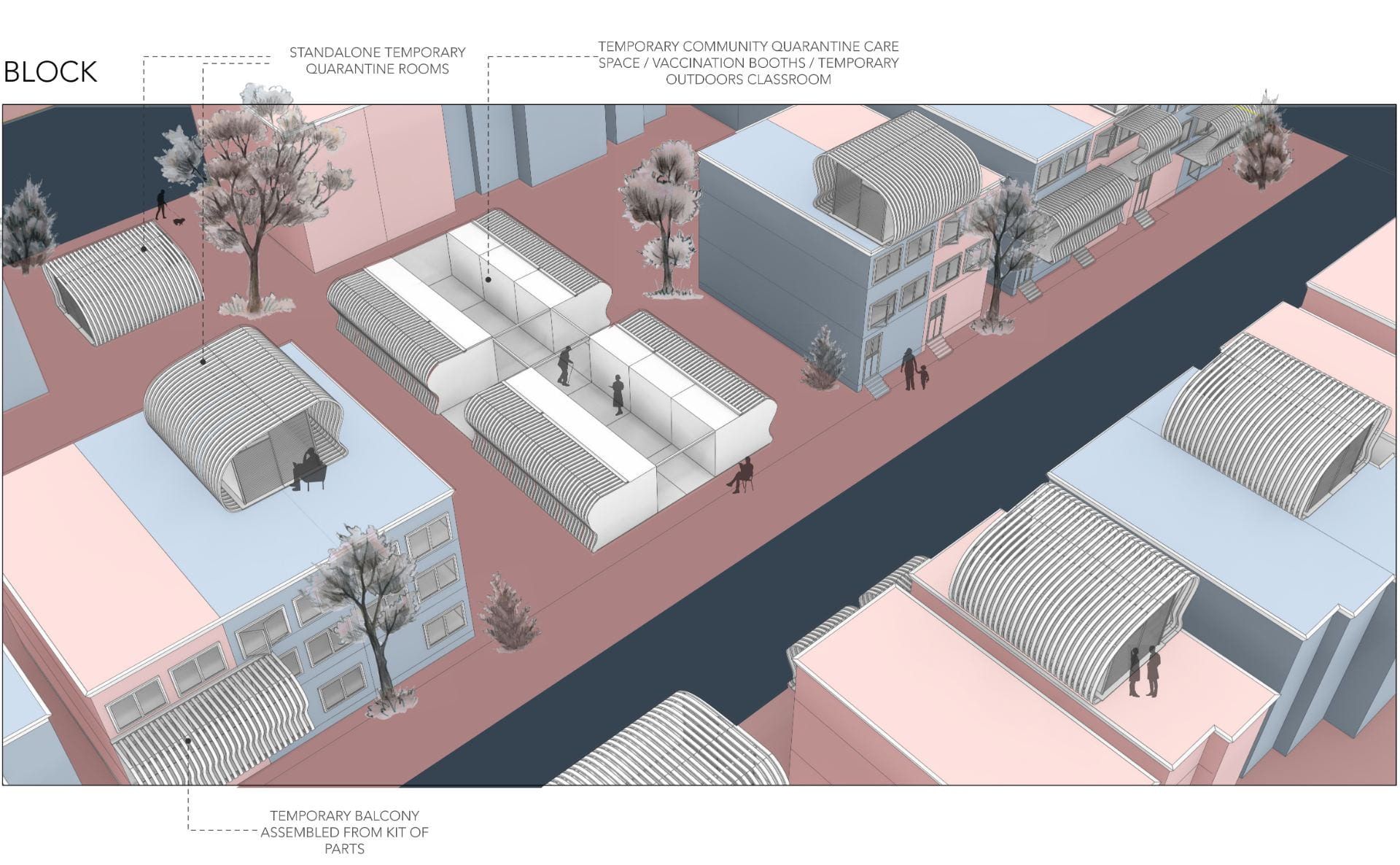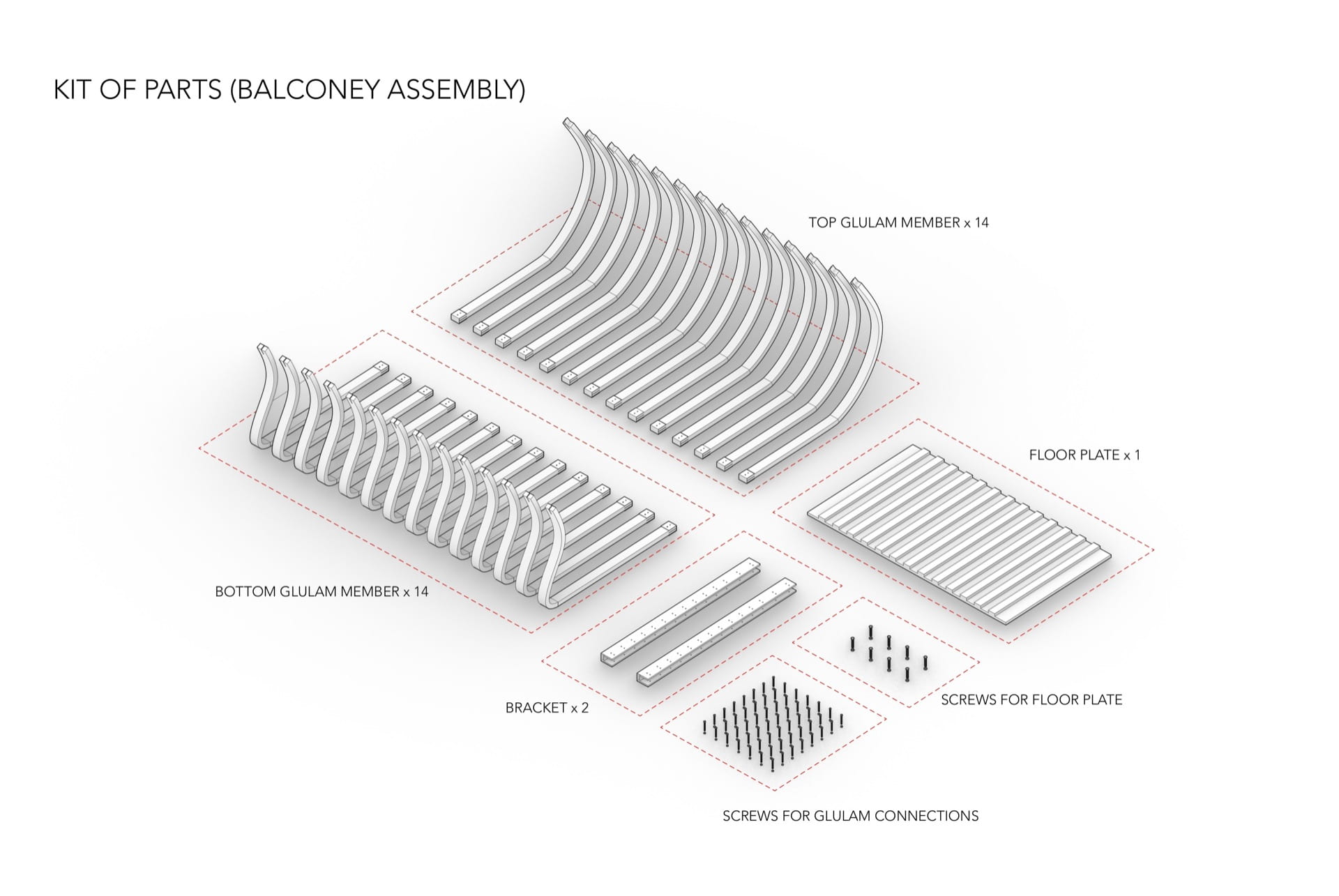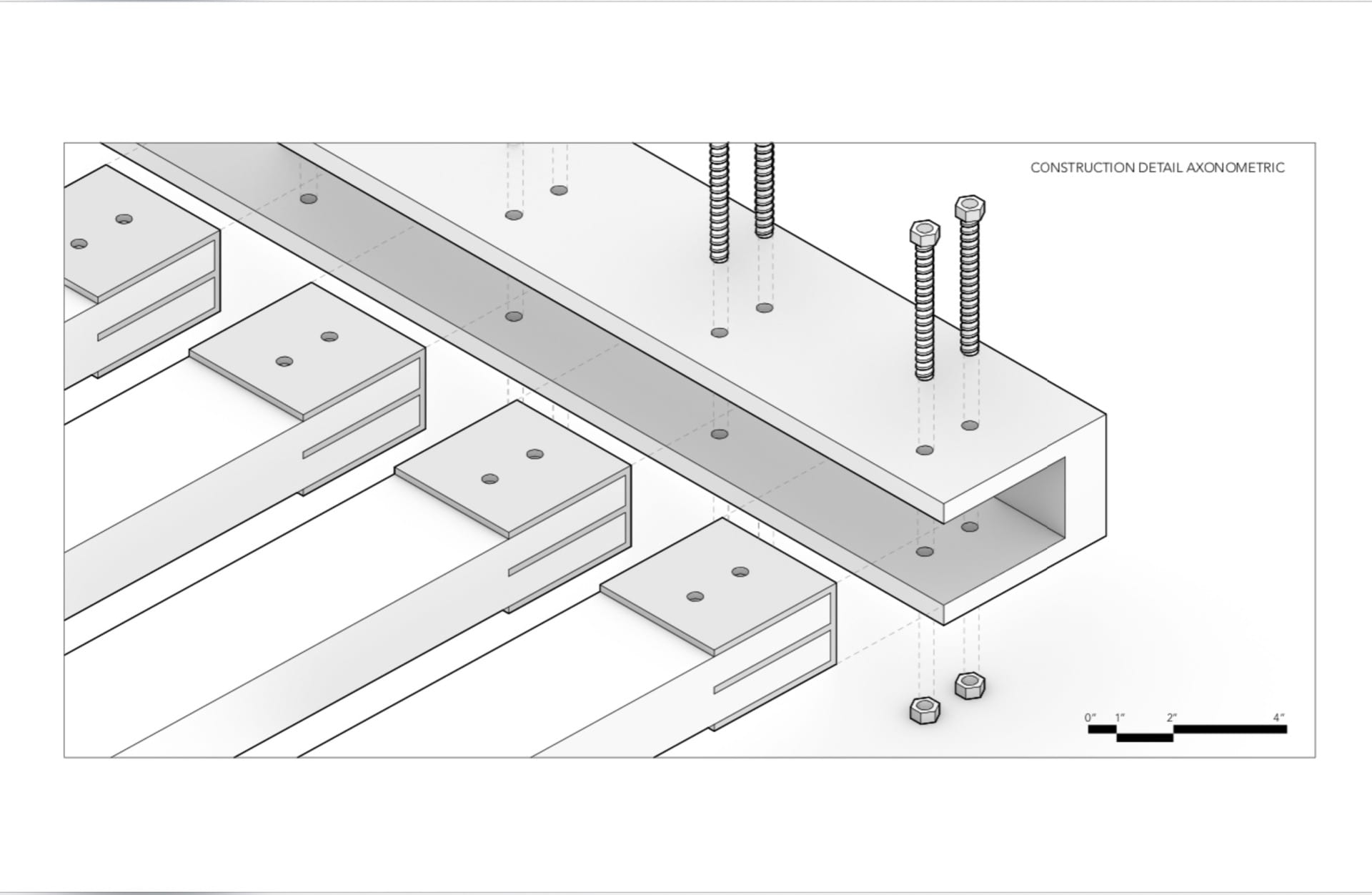Comfort in Form: Curvilinearity and Pre-fabrication in Post-pandemic Architecture
In architect and educator Jeremy Till’s canonical essay “Architectural Research: Three Myths and One Model”, research in architecture found new vigor. Till dismantles and rejects the deep-rooted misconception of singularity of architecture still in force today that is extended as an excuse to shirk any research responsibilities in the field. The myths, “architecture is just architecture” and “a building is a statement of research” present the field as self-referential, semi-mystical, autonomous, and contingent on unspecified but supposedly powerful forces of creativity and geniality, leading eventually to an architecture of alienation removed from the considerations and experiences of inhabitants. His recommendations and premise of architecture as a form of knowledge that can and should be developed through research drove my study to evaluate the effect of architectural form on emotion, and stay/exit decisions. After viewing rooms in 360° VR, participants indicated their preference to stay in rooms with curvilinear forms and exit fastest the rooms with angular forms. Further, when asked to envision each room as a potential study space or home office, over half of the participants unanimously chose one curvilinear room as the room in which they would feel the most “motivated” and “productive”.
The results of this study informed the proposal in my visual component of retrofitting inhabited spaces at three scales—the house, the street and the block—to extend personal and social space and reclaim “the outdoors”. At each scale, the interventions add different qualities to the experience: an intimate balcony-workspace to aid productivity within the house, re-imagined “streets in the sky” for distanced-socializing with neighbors on the street and temporary community space for quarantine care centers, vaccine booths and outdoor classrooms. These architectural interventions, deriving force from research in visuospatial psychology on the sensory and emotional benefits of curvilinear form, aim to mitigate avoidance and exit responses from prolonged inhabitation of enclosures. Curvilinear forms and prefabrication can thus be mobilized to guide people into healthier living and safer interactions. Corbusier declared that “a house is only habitable when it is full of light and air.” If these cannot be let into the home, bring the home out into the light.
Advisor
Elizabeth Lovett (ARCH)





